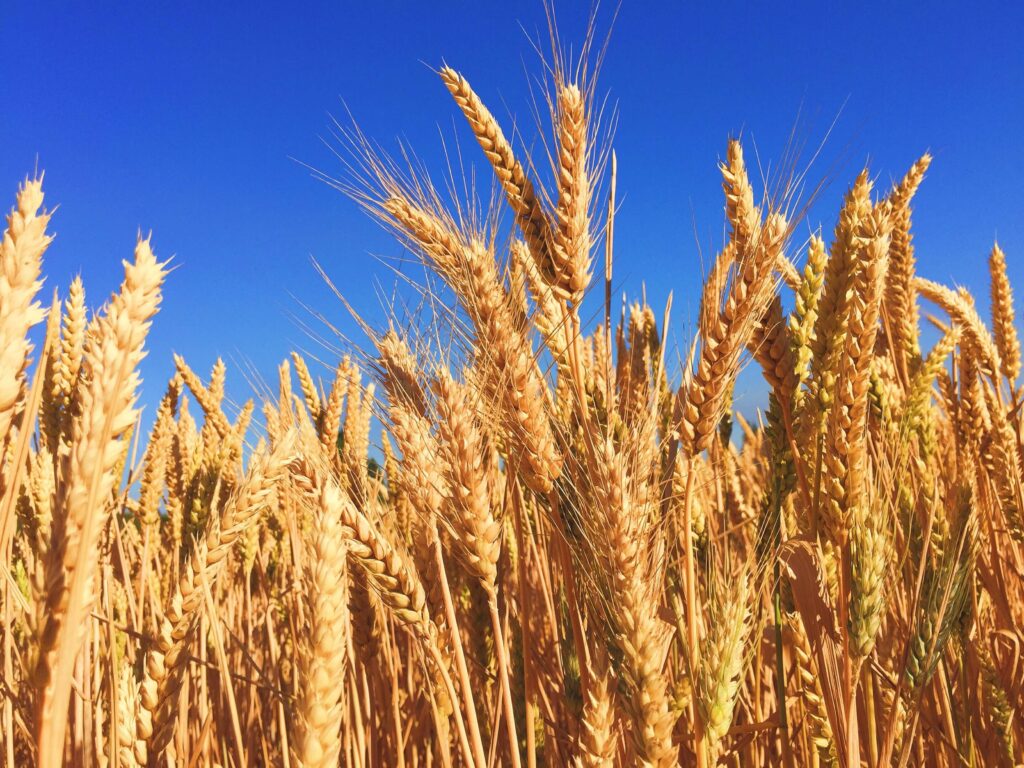As one of the world’s leading salt producers, Pakistan’s salt industry holds great significance in the nation’s economy. This article delves into the factors that affect salt prices in Pakistan, providing an in-depth analysis of the industry’s current state and future outlook.
A Snapshot of Current Salt Prices in Pakistan
Contents
| Source | Salt Type | Price per Kg (PKR) | Date |
| Selina Wamucii | Table Salt | 151.43 – 282.86 | Aug 1, 2023 |
| Hamariweb | Lahori Rock Salt | 199 | Aug 1, 2023 |
| GrocerApp | National Refined Salt | 60 | Aug 1, 2023 |
| Prislo | Himalayan Pink Salt | 117 – 867.64 | Aug 1, 2023 |
| GlobalProductPrices | Regular Table Salt | 50 | Aug 1 2023 |
Last Updated on Aug 1, 2023. We want to make sure you have the most up-to-date information on prices.
You may also like: Sugar prices in pakistan
The History of Salt Mining in Pakistan
Salt mining in Pakistan can be traced back to 320 BC with the discovery of the Khewra Salt Mine, which remains operational today. Salt has played a crucial role in Pakistan’s trade throughout history, and the Khewra mine continues to be a vital source of income for locals.
The Current State of the Salt Industry
Production
Pakistan ranks among the world’s top salt producers, with an annual output of approximately 2 million tonnes. The Punjab province, home to the Khewra, Warcha, and Kalabagh mines, accounts for the majority of this production.
Consumption
Pakistan’s growing population and expanding industries have driven an increase in salt consumption over the years. Presently, annual consumption is estimated at around 1.5 million tonnes, encompassing both domestic and industrial usage.
Export and Import
Pakistan exports a significant share of its salt production, primarily to India, Bangladesh, Nepal, and several African countries. Annual export revenue from salt is estimated at around $30 million. Pakistan also imports a small quantity of salt, mainly for industrial purposes.
Factors Influencing Salt Prices in Pakistan
Market Dynamics
Supply and demand dynamics are the primary factors affecting salt prices in Pakistan. The increasing population and industrial expansion have led to a steady rise in demand for salt. In response, production has increased, but market fluctuations can cause temporary imbalances, leading to price changes.
International Trade
Global market trends also impact salt prices in Pakistan. An increase in demand for Pakistani salt in international markets can lead to higher domestic prices as producers may prioritize exports for higher revenue.
Government Policies and Regulations
Government policies and regulations play a crucial role in shaping the salt industry in Pakistan. These policies can either support the industry through incentives, tax breaks, or subsidies or impede growth through increased taxes and regulatory restrictions.
Exchange Rates and Inflation
Exchange rates and inflation can also influence salt prices in Pakistan. A depreciation of the Pakistani Rupee can increase the cost of imported goods, such as machinery and raw materials, affecting production costs and subsequently, salt prices.
You may also like: Biscuit Price in Pakistan
Future Outlook and Projections for the Salt Industry in Pakistan
Despite the challenges, the future of the salt industry in Pakistan looks promising. With the implementation of appropriate government policies and an increased focus on innovation and technology, Pakistan can enhance its position in the global salt market. This progress could lead to better price stability and potentially even a reduction in salt prices for consumers.
Conclusion
The salt price in Pakistan is influenced by a variety of factors, including market dynamics, international trade, government policies, and exchange rates. As the industry continues to grow and evolve, it is essential for stakeholders to be aware of these factors and their potential impact on salt prices. By understanding the current state of the salt industry and anticipating future trends, industry participants and policymakers can work together to ensure the sustainable growth of this vital sector. With the right combination of efforts, Pakistan’s salt industry is poised to make significant strides in the years to come.



